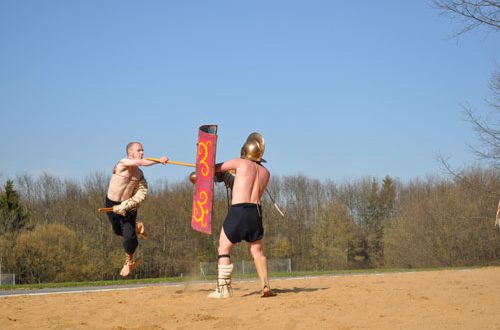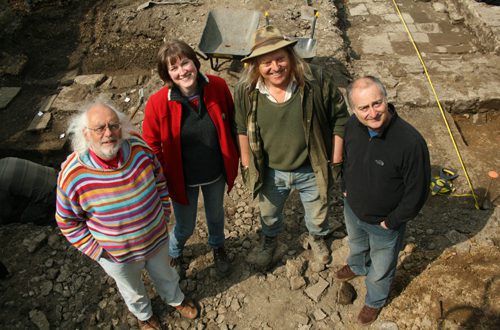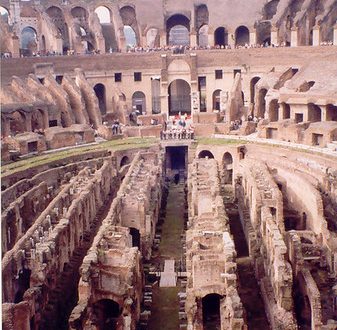 A management plan has been published that maps out how the World Heritage Site of Hadrian’s Wall will be conserved, researched and made accessible to visitors and local communities over the next five years.
A management plan has been published that maps out how the World Heritage Site of Hadrian’s Wall will be conserved, researched and made accessible to visitors and local communities over the next five years.
The wall was built in the 120s AD during the reign of the Roman Emperor Hadrian as the northern frontier of Roman-occupied Britannia. The site today is one of Britain’s most outstanding historical monuments; it recently came second in a list of favourite British sites as voted by the UK’s children – beaten only by Stonehenge.
It’s also of educational, environmental and economic value to many different groups of people, including archaeological researchers, conservationists, visitors and local businesses. The five-year plan sets out to provide care for the heritage site, while also providing access and opportunities for different members of the community.
One of the priorities will be the conservation of archaeological sites along the wall. Further excavation and research are also important only 0.13 per cent of the length of the wall has so far been investigated by modern experts, while just 9 per cent of the original wall is visible above ground today. Of the original 80 Mileforts dotted along the wall, the locations of just 22 of them are known.
The five-year plan also includes identifying and realising social and economic benefits that the site can bring to the local communities. According to Dr Nigel Mills, director of World Heritage and Access for Hadrians Wall Heritage Ltd, over 50 organisations, 700 private landowners and 980,000 people live or work within Hadrians Wall Country, which includes a 10-mile buffer zone on either side of the Wall.
As part of plans to regenerate certain areas and improve environmental conservation, fuel-efficient buses could be introduced to connect sites with local bus and railway stations. There will be a focus on improving the Hadrians Wall Country Bus, the National Trail and the Hadrians Cycleway, which will provide better access to the site.
Tyneside and Carlisle have been earmarked as future ‘gateways’ to the World Heritage Site, and will benefit from investment and economic regeneration, while other market towns in the area could also benefit.
Professor Peter Stone, the Chairman of the Management Plan Committee, emphasises that there are many diverse groups of people with vested interests in Hadrian’s Wall Heritage Site. He said: There are many organisations and people who have an interest in the World Heritage Site but no single interest can be allowed to dominate, or the Walls unique qualities could be lost. Sometimes, you find everyone has to give a little bit of ground in order to move forward, but thats the best way to get something we can all live with.





